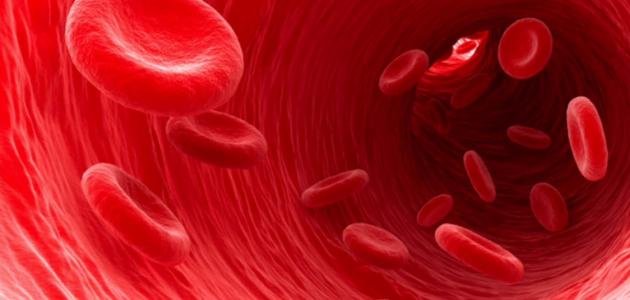What are the functions of blood
Blood is a connective tissue composed of red blood cells, white blood cells, plasma, and platelets, which is very necessary for living organisms. There is no life without it. Blood is eight percent of the body mass. If a person's mass is one kilogram, Blood, about five liters, and the blood of many functions, we will talk about in this article, in addition to talk about red blood cells, and white blood cells.

Blood Functions Defend the body by producing anti-organisms that fight germs and get rid of attacking microbes that cause many diseases. Water balance in the body: The blood maintains the water balance in the body, by transferring excess water from the gastrointestinal tract, or get rid of it through the skin in the form of sweat, or through the kidneys on the image of urine. Regulate body temperature: through sweat secretion to moisturize the skin, or by increasing the burning of blood sugar in order to generate energy, raise body temperature. Stop bleeding by platelets that block the bloodstream temporarily, and then produce elements that help heal wounds. Delivery of substances such as oxygen, fluids, food, hormones, vitamins to all members of the body, then returning with carbon dioxide, food residues after conversion to energy in the body with some other substances released by cells
Red blood cells are disciform, double-sided cells characterized by a flexible cellular membrane that allows it to pass through even the narrowest capillaries. It arises from the red bone in the large bones. It regenerates every 120 days, then breaks down in the liver, spleen, The function of the body is to transport oxygen gas from the lungs and replace it with carbon dioxide. The kidneys control the formation of red blood cells through a hormone called erytropoietin, whose secretion depends on the partial pressure of the oxygen In the blood.
White blood cells are cells that protect the body from disease, and the number of red blood cells is less than that, where every seven hundred and fourteen red ball white ball, which is different sizes and shapes, and contains one nucleus, in addition to it is larger than red blood cells, Between 5000 and 1000 cells per cubic millimeter, is one of the most important ways to defend the antigens in the body. The number of them increases when exposed to disease. White blood cells have five types: acidic, neutral, basal, lymphatic, and single
well, that is interesting!
Downvoting a post can decrease pending rewards and make it less visible. Common reasons:
Submit
White blood cells are made by the lungs. https://www.nih.gov/news-events/nih-research-matters/overlooked-role-lungs-blood-formation
Downvoting a post can decrease pending rewards and make it less visible. Common reasons:
Submit